After a year of relentless snapping, I realized most phone photography advice is just noise. If you’re tired of generic tips that never stick, these are the ones that quietly transformed my photos.
1
You Can’t Research Your Way Into “Developing Your Style”
When I was a beginner photographer, I’d spend hours on YouTube watching videos about how to find my photographic style. Even though I had started taking pictures, I didn’t know what I truly wanted my images to look like. So, I felt like someone else would be able to tell me.
After a few months, I realized that I was essentially hearing the same advice repackaged multiple times. This would have been fine if it had helped me get better, but unfortunately, it didn’t. So, I decided to take matters into my own hands.
Ultimately, I discovered my style by simply going out and taking photos. Over time, I learned new editing techniques. My composition also leaned toward things I found interesting, which inadvertently developed my style.
2
Don’t Pigeonhole Yourself Into One Genre
A lot of photographers will tell you to stick to one genre or style, but I strongly disagree—especially if you’re a hobbyist. Regardless of your creative pursuit, you’ll only stick with it for a long time if you like what you’re doing. I tried taking pictures in different styles that just didn’t fit with what I actually wanted, and each time, I felt internal resistance.
I think you’re much better off taking photos of whatever you want; it doesn’t matter if they cross different genres. For example, I sometimes take pictures of streets, landscapes, and portraits, depending on my mood and what’s around me. Besides helping me keep my passion for photography, this authenticity has even led to paid work.
As you take more photos, you’ll see common themes—especially if you capture the things you like photographing anyway.
3
Be More Selective With Your Photos as You Improve
I used to post everything I photographed in my early days. Because I had no point of reference, I felt like my pictures were better than they actually were. But as I became more experienced, the frequency of my sharing of my images also dropped.
This caused an internal crisis for a few months before I realized (and learned from other photographers) that it’s an ordinary part of the journey. Besides not sharing all my images, I also take longer to edit them. I am happy for photos to spend a few months on my Camera Roll before making in-depth adjustments.
Because I’m more selective with the images I share, I’m also more selective with what I photograph in the first place as a result.
4
You Won’t Like Most of Your Photos, and That’s Okay
When looking at other photographers’ work, I didn’t initially realize that I was seeing the best pieces they had chosen to share with the world. Instead, I wondered why I didn’t like the majority of my images. Moreover, I was also bothered that I felt like the gap between me and them was insurmountable.
After a while, however, I realized that even the best photographers don’t like most of the pictures they take. I understood that it was totally normal to take 10 good pictures per session at most, and actually, I was exceeding that number by quite a big margin.
You don’t have to edit every photo you take—or do anything with it, for that matter. Sometimes it’s fine to just hit delete and move on.
The whole point of photography is to have fun and express art; not every picture is going to be an all-time great, and that’s fine.
5
Don’t Discount Any Lighting Condition
Many photographers on YouTube and Reddit told me that I should only take photos at certain times of the day. For example, Golden Hour is an all-time classic time to go on a photoshoot. Soft lighting, in general, is one of the best smartphone photography aesthetics, too.
Because I got such good results shooting at these times, I didn’t expand my creativity. I avoided capturing images at midday on a sunny day, for example, even if there was an interesting scene in front of me. This led to numerous wasted opportunities.
After becoming experienced enough, I decided to discard all the advice I was previously taught. If the picture didn’t work out, it wasn’t a problem. However, I’d rather try than not bother.
6
Gear Only Matters Beyond a Certain Point
The number of marketing messages you need to dodge as a photographer is absurd. Every smartphone company claims that its camera is the best ever, while camera manufacturers, of course, also try to sell their products. This can lead to decision paralysis and indecision if you aren’t careful.
As a hobbyist, I found that gear doesn’t matter too much. Provided that you have a modern smartphone, you can take excellent images. Simple edits can make smartphone photos look DSLR-quality, too.
If you want to become a pro, then yes—gear matters. But for taking pictures as a hobby, you don’t need to worry about this too much. It’s better to just go out and capture images.
7
Editing Your Photos Isn’t Cheating
Many purists think that editing photos is cheating, and I fell for this for so long. However, the truth is that even the best cameras don’t always capture the scene exactly as you saw it. To give your own perception, editing photos is often a necessity.
Photography is art, and art is subjective. If I feel like editing is necessary, I have no problems adjusting my images. Some need more work than others; I don’t think a particular formula needs to be followed.
8
Always Back Up Your Favorite Pictures
I always discounted the importance of backing up my favorite images until I dropped my old external HDD one day. In a split second, I lost multiple photos—including some from recent trips I hadn’t yet edited. This was naturally annoying, and it really emphasized the importance of keeping everything backed up.
Nowadays, I always back up my images. Since you can set up a backup strategy in under 10 minutes, there are no excuses. In addition to iCloud, I keep my favorite pictures on an external drive in case I need them. Moreover, I’ll also back them up to Google Drive.
9
Taking Photography Breaks Is a Good Idea
On the one hand, I love taking photos and do it without anyone needing to tell me. But at the same time, I sometimes need a break; after capturing images every day for a year, I definitely needed some time to decompress and get new ideas.
Beforehand, I felt like I needed to be taking photos all the time. Now, however, I find that I’m much more creative when I have breaks. Since I enjoy photography, I know I’ll pick it up again soon.
Having this balance has made it much easier to develop new perspectives and, consequently, create better art.
10
Tweak Your Device’s Default Settings When Needed
The default camera settings are normally fine to get started. However, I wanted to make tweaks once I decided to take things more seriously. Simple adjustments, such as turning on my camera grid, made a huge difference.
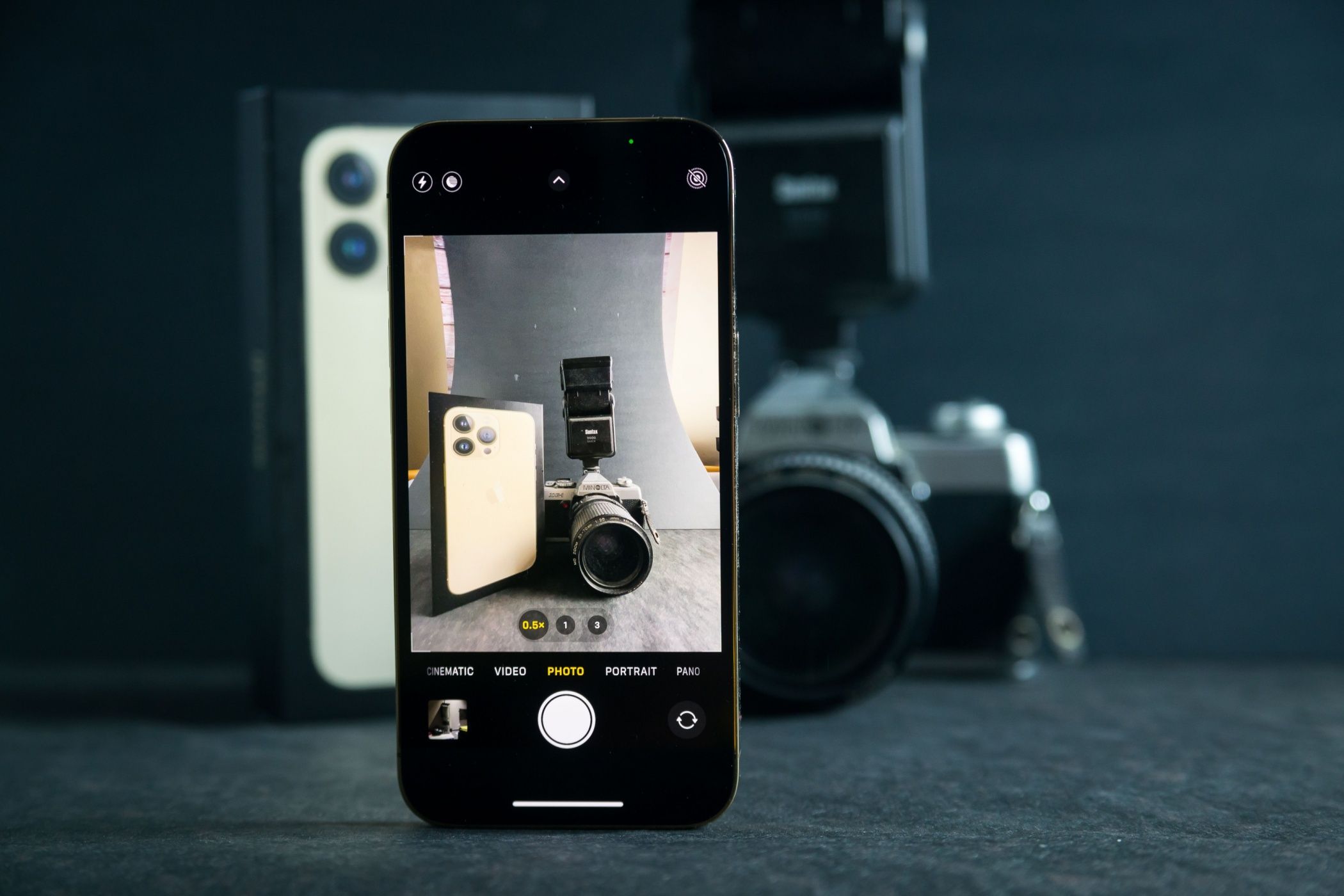
Related
Change These iPhone Settings for Stunning Night Photos
Your iPhone camera can do better—if you set it up right.
This tip also applies to full-frame and DSLR cameras. On my full-frame camera, for example, I changed the default file type to achieve better editing results. Regardless of your device, I recommend experimenting with different settings to determine what works best for you.


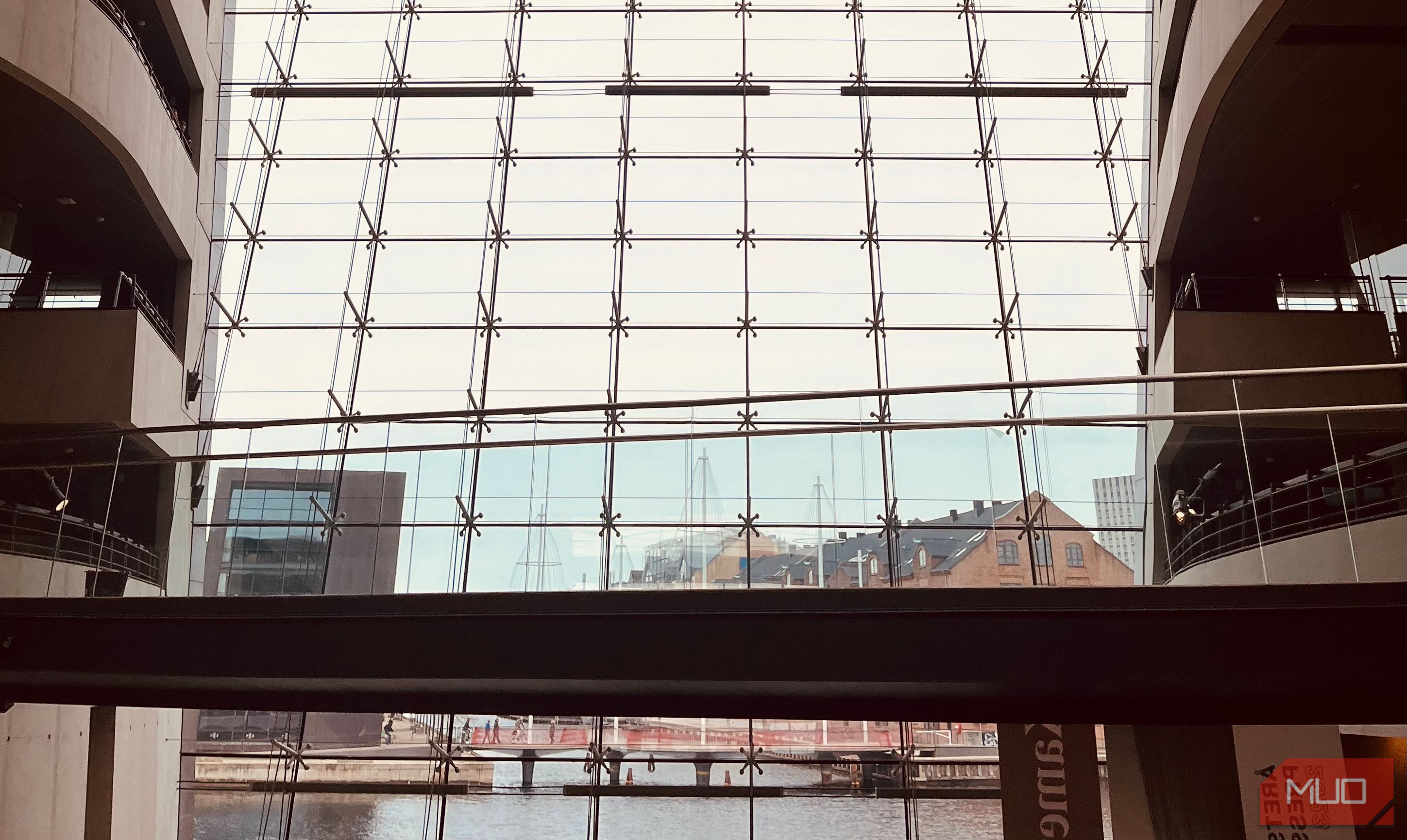
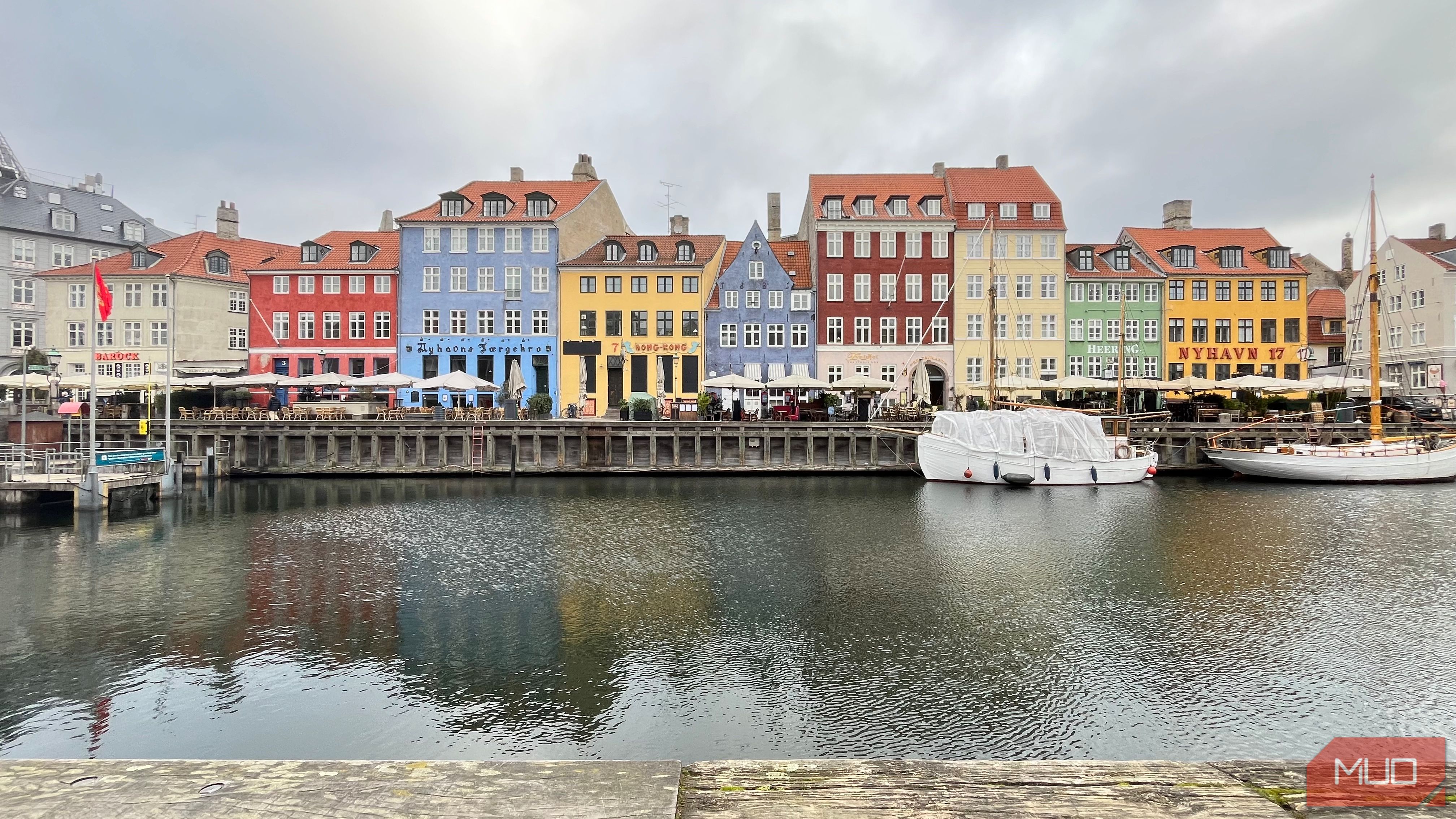
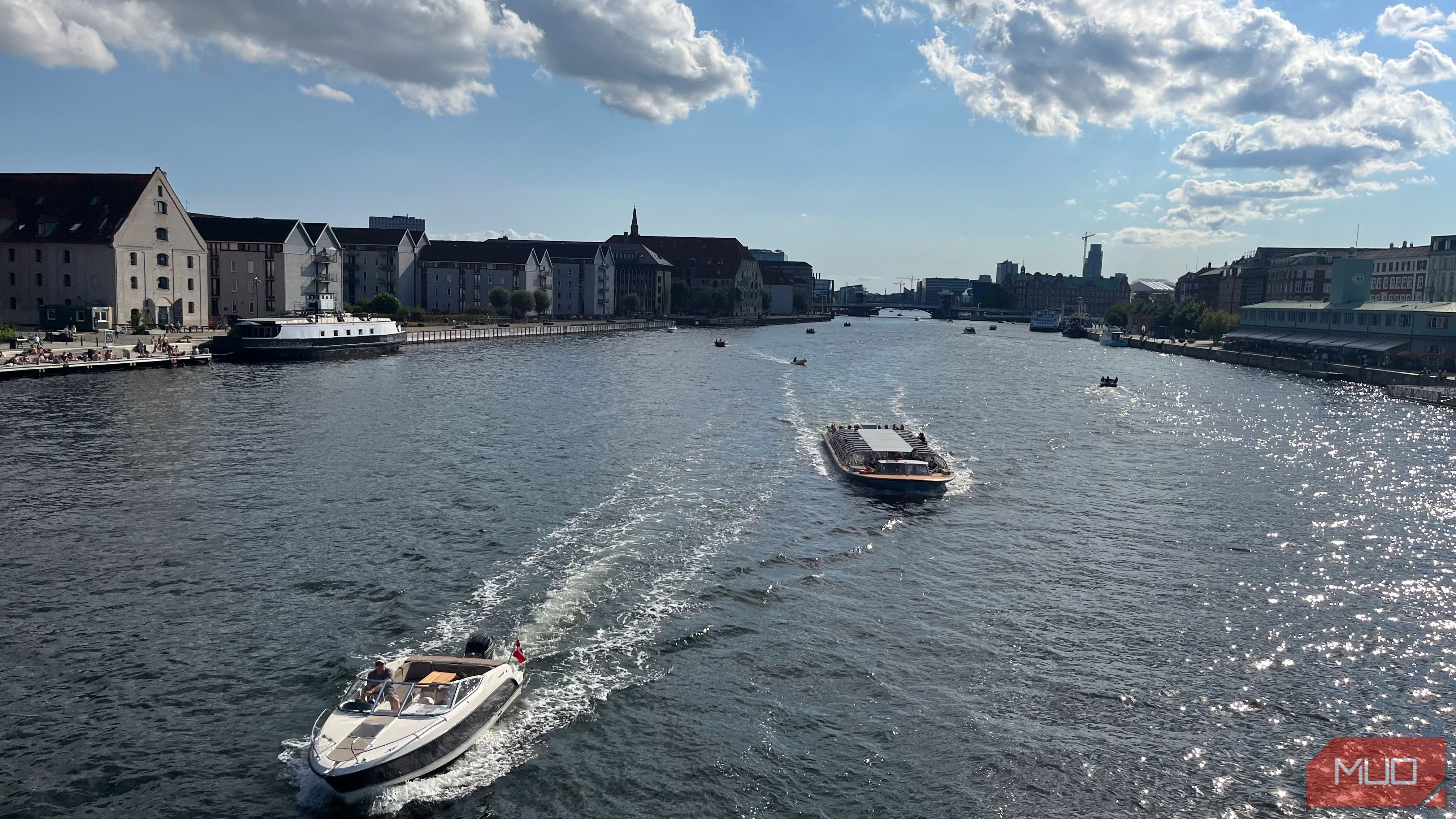
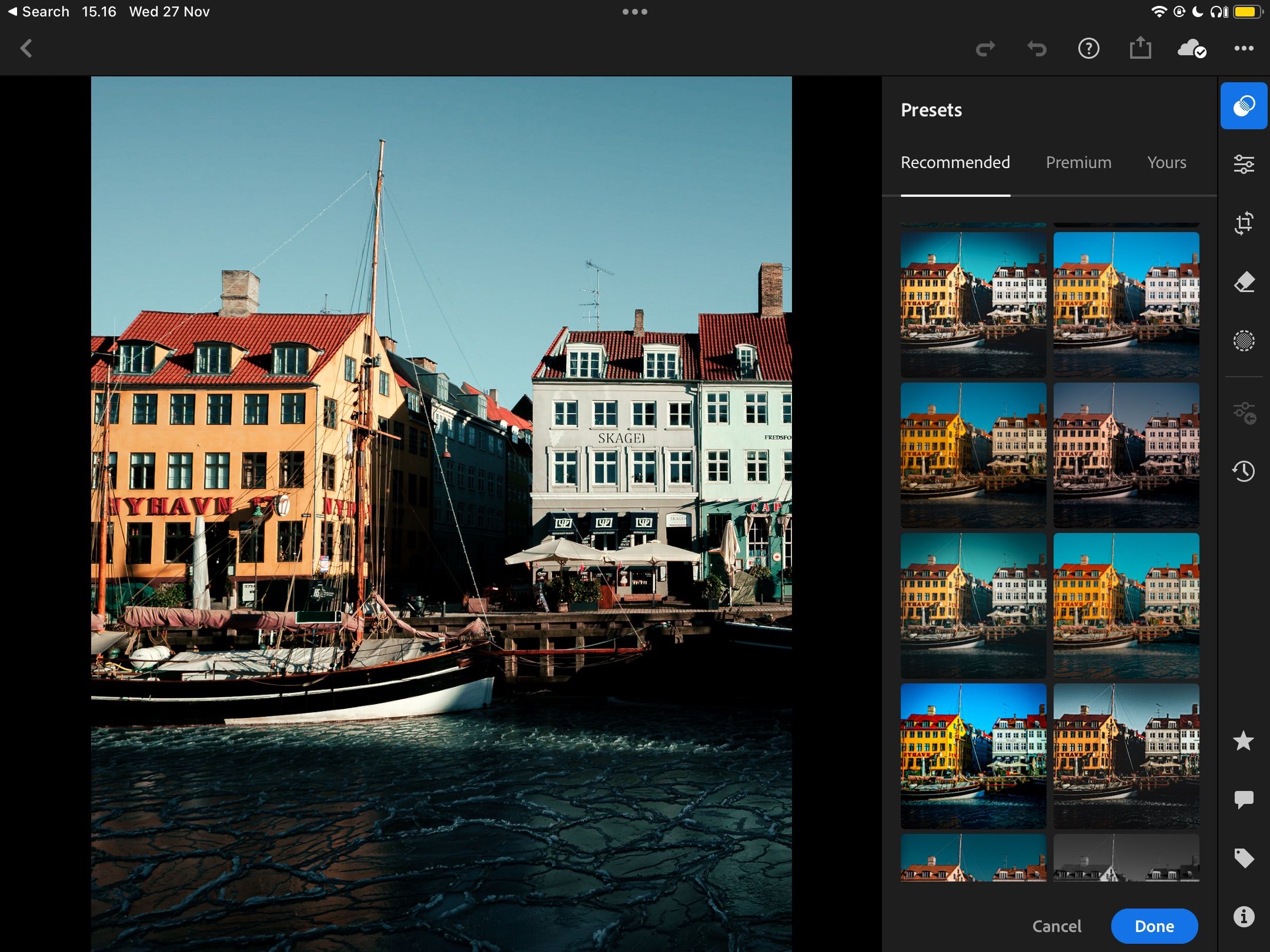
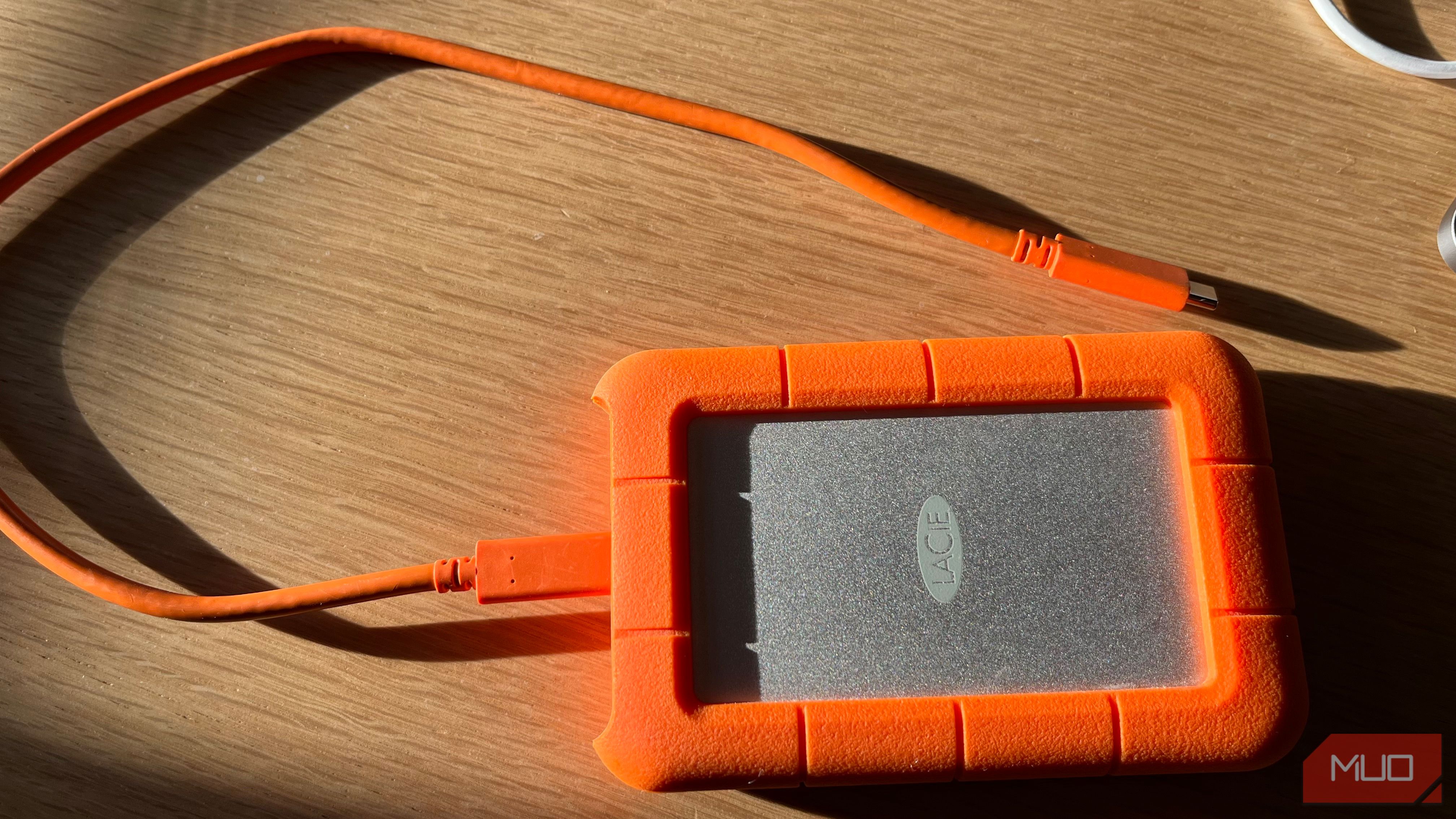

:max_bytes(150000):strip_icc()/GettyImages-1389670274-15c54b7ba36a4277b33611b14f567009.jpg?w=1174&resize=1174,862&ssl=1)


:max_bytes(150000):strip_icc()/GettyImages-1972052139-d4bb37d2edd747d593975478d1b8360e.jpg?w=1174&resize=1174,862&ssl=1)
Leave a Comment
Your email address will not be published. Required fields are marked *